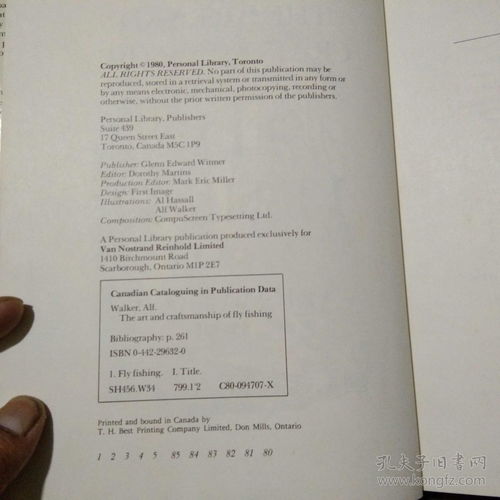Content:
Fishing is an ancient pastime that has been enjoyed by people around the world for centuries. Whether you're a seasoned angler or a beginner looking to cast your line into the water, knowing how to properly hold a fishing rod is essential for a successful fishing experience. In this article, we'll delve into the intricacies of how to correctly grip and manipulate a fishing rod, ensuring you're equipped with the necessary skills to catch that big one.
Understanding the Fishing Rod
Before we dive into the techniques, it's important to have a basic understanding of the fishing rod itself. A fishing rod is designed to be lightweight and flexible, with a tip that bends when a fish takes the bait. The rod is typically made from materials like graphite, fiberglass, or composite materials, and it's equipped with a reel at the top end for storing fishing line.
Choosing the Right Rod
The first step in mastering the art of holding a fishing rod is to choose the right one for your fishing style and the type of fish you're targeting. There are various types of rods available, including spinning rods, baitcasting rods, fly rods, and more. Each type has its own specific design and purpose.
- Spinning Rods: Ideal for beginners and for casting lighter lures and baits.
- Baitcasting Rods: Require more skill to use but are great for casting heavier lures and baits.
- Fly Rods: Used for fly fishing and require a different technique altogether.
The Proper Grip
Now that you have the right rod, it's time to learn how to grip it properly. Here's a step-by-step guide:
Hold the Handle: Your dominant hand should be wrapped around the handle of the rod. Your thumb should be on the top of the handle, while your other fingers should be wrapped around the bottom. This grip allows for a firm yet comfortable hold.
Position the Reel: The reel should be held in your non-dominant hand. Place your index finger on the spool to keep it stable while casting.
Adjust the Rod Tip: The rod tip should be slightly tilted back from the horizontal position. This position allows the rod to load more efficiently when you cast.
Keep the Elbows Bent: When you're ready to cast, keep your elbows slightly bent. This will help you to generate power from your arms and shoulders during the casting motion.
The Casting Technique
Once you have the grip and rod position down, it's time to learn the casting technique:

Backcast: Start by lifting the rod back over your shoulder, keeping the tip slightly tilted. As you lift, the line should begin to straighten out. Keep your wrist straight and use your entire arm to move the rod back.
Forward Cast: Once the line is straight, bring the rod forward in a smooth, continuous motion. As you do this, your wrist should snap forward, sending the line forward with momentum.
Reeling In: After the cast, reel in any excess line that hasn't reached the water. This ensures that your line is tight and ready for the fish to take the bait.
Maintaining Control
Maintaining control of your fishing rod is crucial, especially when a fish bites. Here are a few tips:
- Keep a Firm Grip: Your grip should be firm but not so tight that it causes you to tense up. Tension can lead to fatigue and poor control.
- Be Patient: When a fish takes the bait, be patient. Allow the fish to run with the line and then gradually bring it in.
- Adjust Your Technique: If you're having trouble with a particular technique, don't be afraid to adjust your grip or casting style.
Additional Tips
- Practice: Like any skill, fishing requires practice. Spend time on the water to refine your technique.
- Safety First: Always be aware of your surroundings and other anglers when you're on the water.
- Stay Informed: Keep up with the latest fishing techniques and equipment to stay ahead of the curve.
In conclusion, how you hold a fishing rod can significantly impact your success on the water. By following these tips and practicing regularly, you'll be well on your way to mastering the art of angling. Happy fishing!












